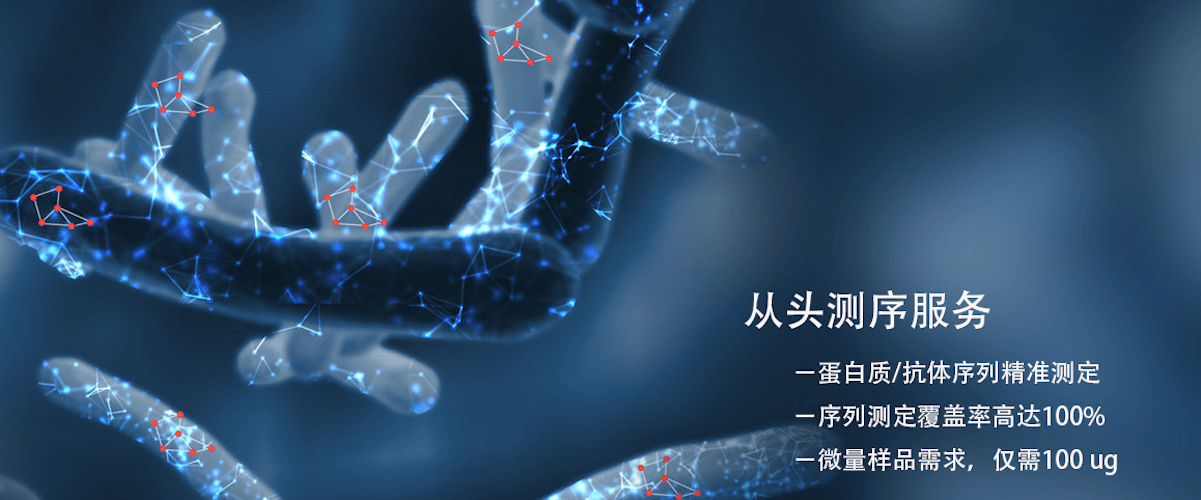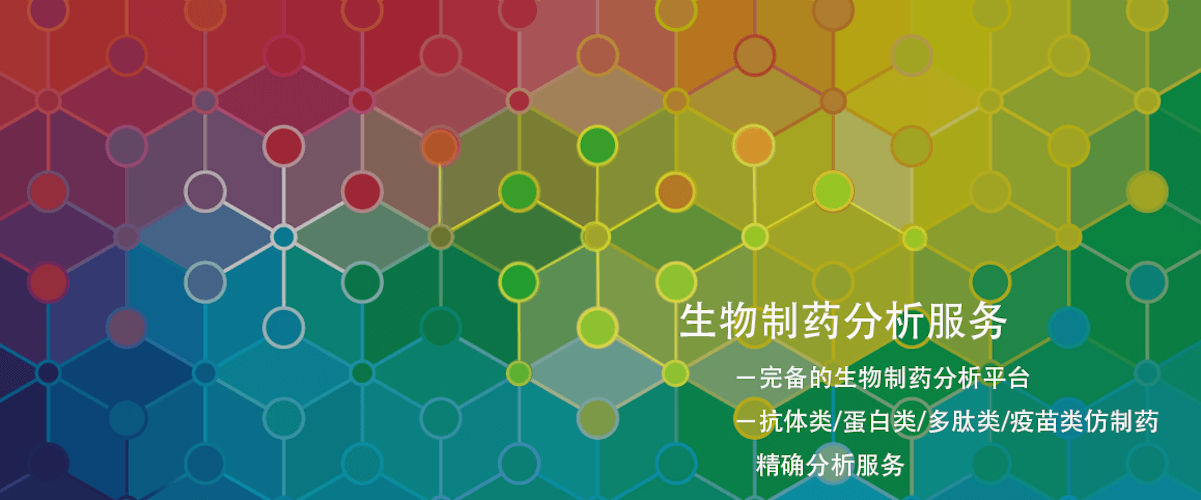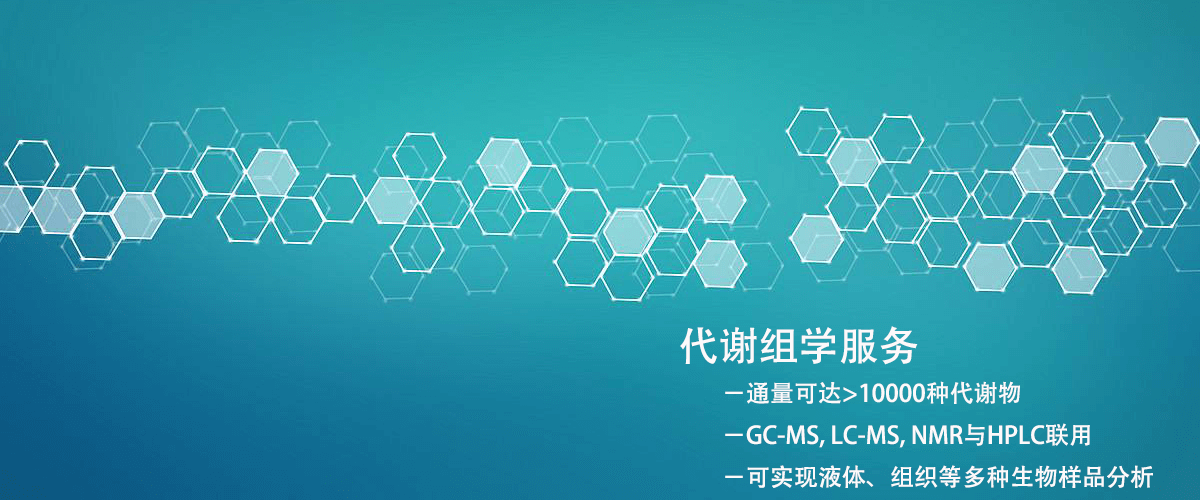What is the purpose of single-cell sequencing? What is the difference between single-cell sequencing and gene sequencing?
Single-cell sequencing is an emerging high-throughput sequencing technology that allows comprehensive analysis of the genome, transcriptome, or epigenome of individual cells. The main applications of single-cell sequencing include the following:
1. Discovery and identification of cell types:
Single-cell sequencing enables the classification and identification of cells within tissues or organs, revealing the diversity and function of cell types.
2. Revealing cell development and differentiation processes:
Single-cell sequencing can track gene expression changes in individual cells during development and differentiation, helping us understand the molecular mechanisms of cell development.
3. Study of cell heterogeneity:
Single-cell sequencing can reveal cell heterogeneity within a cell population, i.e., differences in gene expression and function among cells, providing deeper insights into the complexity of cell populations.
4. Exploring disease mechanisms:
Single-cell sequencing can help us study the mechanisms of disease occurrence and progression, discover disease-related cell subpopulations, and identify potential therapeutic targets.
5. Personalized medicine:
Single-cell sequencing can provide crucial information for personalized medicine, aiding doctors in selecting the most appropriate treatment plans and predicting efficacy and prognosis.
The differences between single-cell sequencing and traditional gene sequencing are as follows:
1. Resolution:
Single-cell sequencing analyzes individual cells, while traditional gene sequencing typically analyzes cell populations. Single-cell sequencing offers higher resolution, revealing differences between cells.
2. Data volume:
Because single-cell sequencing involves sequencing a large number of individual cells, the data volume generated is usually much larger than that of traditional gene sequencing.
3. Data processing:
Due to the complexity of single-cell sequencing data, processing and analysis require more sophisticated and specialized methods.
4. Application scope:
Single-cell sequencing is mainly used to study cell heterogeneity and developmental processes, while traditional gene sequencing can be applied to various research fields, including gene function research, disease research, etc.
Baitaipack Biotechnology--BiologicalProductsCharacterization, a premium service provider of multi-omics mass spectrometry detection
Related services:
How to order?





